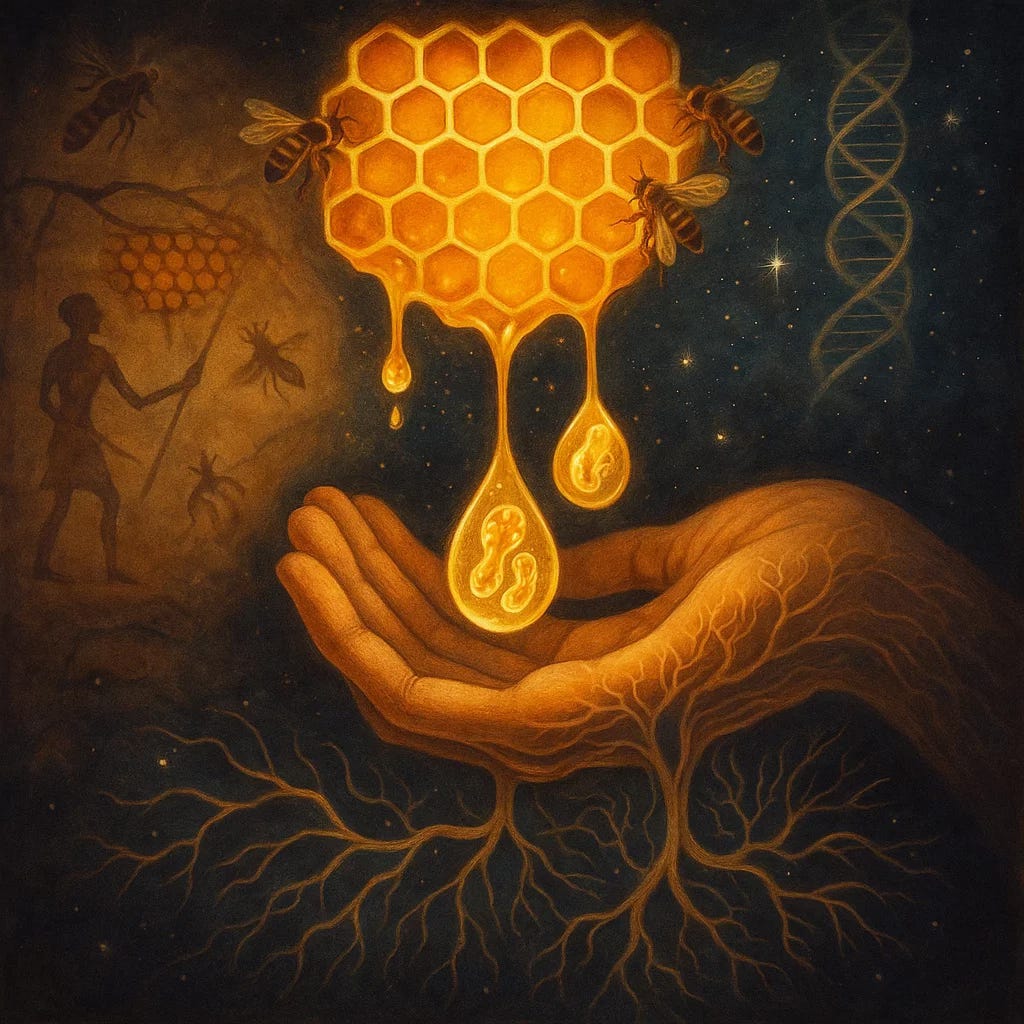How Raw Honey Could Save Your Microbiome (and Travel Back in Time)
Restoring the Forgotten Microbial Lineage Through Nature’s Oldest Superfood
Microbial Time Travel: A Forgotten Connection
What if every spoonful of raw honey you eat isn’t just a natural sweetener—but a time capsule? What if embedded within it are ancient microbes and biological messages that speak directly to your cells, reminding them of a long-forgotten harmony?
This may sound fantastical, but the truth is this: within you res…
Keep reading with a 7-day free trial
Subscribe to Sayer Ji's Substack to keep reading this post and get 7 days of free access to the full post archives.



